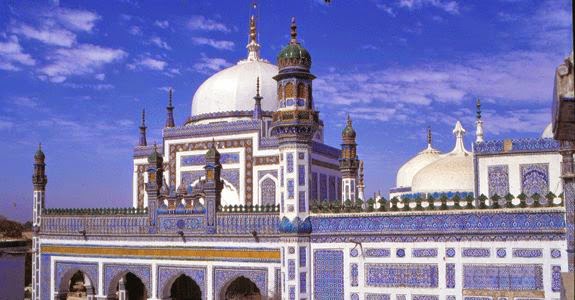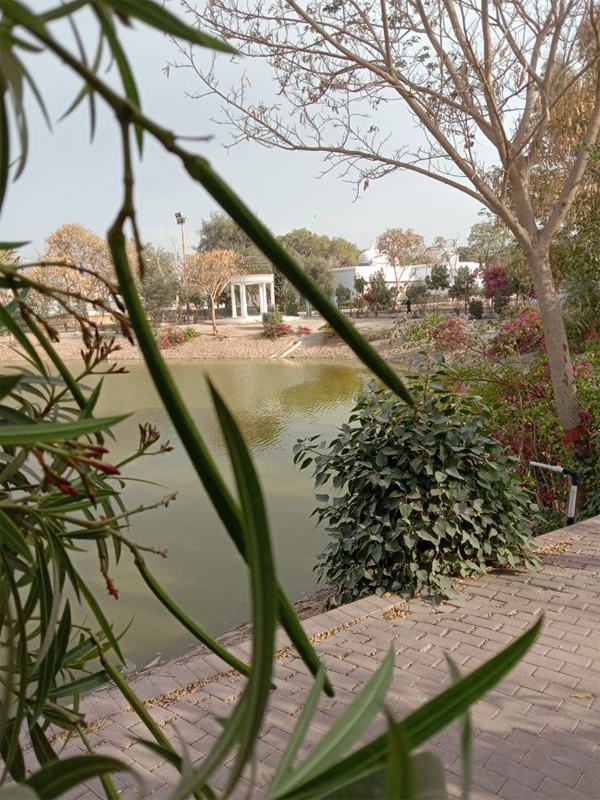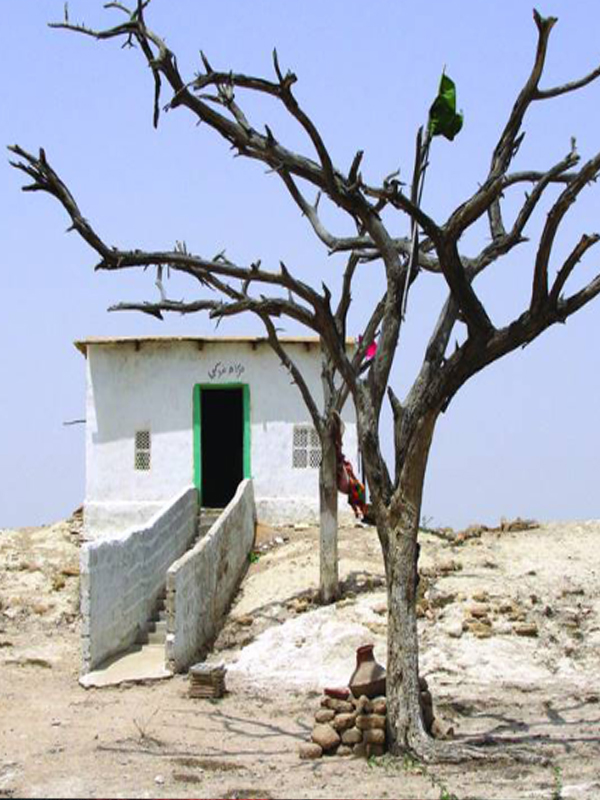The Tomb (Dargah) or Mazzar of Shah Abdul Latif Bhittai
The tomb of Shah Abdul Latif Bhittai, located in the serene
town of Bhit Shah in Sindh, Pakistan, stands as a sacred site of deep
spiritual, cultural, and historical significance. Revered by millions of
devotees, scholars, and music lovers, the dargah is a symbol of the profound
wisdom, mysticism, and artistry of this legendary Sufi poet and saint. It is
not only a place of reverence but also a living center of Sindhi culture,
music, and spirituality.
Spiritual Significance:
The tomb is considered a portal to divine connection, where followers from all
walks of life come to seek blessings, solace, and spiritual enlightenment. Shah
Abdul Latif Bhittai’s teachings, which emphasize love, unity, and devotion to
the Divine, continue to inspire a deep sense of peace and spiritual awakening
among visitors. His life and poetry offer a timeless reminder of the
transformative power of love and the quest for truth. Pilgrims often visit the
dargah to pay homage to his memory and to meditate upon his messages of
transcending worldly attachments and embracing divine oneness.

Musical and Poetic Significance:
The Dargah of Shah Abdul Latif Bhittai is also a living celebration of his
musical legacy. The annual Urs (death anniversary) of the saint, held at the
dargah, is marked by performances of traditional Sindhi music, with Sufi
musicians and singers (including those playing the dholak, sitar, sarangi,
and ektara) performing his songs, known as surs. These
musical gatherings, known as surs, are not just artistic
performances but spiritual rituals that bring Latif’s poetry to life, allowing
devotees to experience the depth of his messages through melody. The poetic
verses of Shah Jo Risalo, often sung at the dargah, continue to
resonate with the souls of those present, evoking a powerful sense of devotion
and connection to the divine.
Cultural Significance:
The tomb is a cornerstone of Sindhi culture, where the celebration of Shah
Latif’s life and teachings acts as a bridge between past and present
generations. The dargah fosters a sense of community, as people from diverse
backgrounds gather to honor the saint’s teachings and partake in the cultural
rituals associated with his memory. It is a space where poetry, music,
spirituality, and folklore converge, making it a cultural and artistic hub for
both locals and global visitors alike. The dargah is also a place of social
harmony, where differences of class, ethnicity, and religion are set aside in
the collective spirit of devotion.
Historical and Architectural Significance:
Architecturally, the dargah is a blend of Islamic and Sindhi traditional
styles, with intricate tile work and carvings that add to its serene beauty.
The tomb’s surroundings, with lush gardens and peaceful courtyards, offer a
tranquil environment for reflection and contemplation. The tomb itself is a
symbol of the lasting impact of Shah Latif’s life and work, preserving his
legacy for future generations.
In essence, the tomb of Shah Abdul Latif Bhittai is not only
a place of pilgrimage and devotion but also a vibrant center for the
preservation and celebration of Sindhi culture, music, and spirituality. It
remains a living testament to the enduring power of his messages and an
enduring source of inspiration for all who visit.


